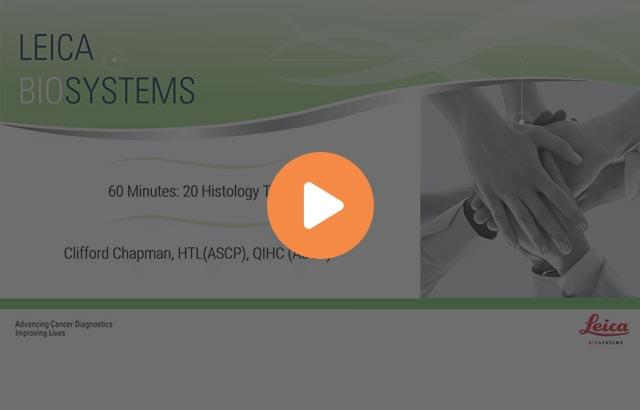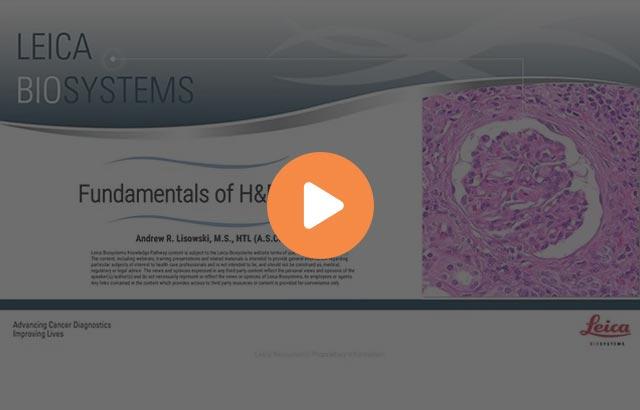Validating your H&E Staining Systems

In this age of healthcare regulatory standards and compliance, every aspect in diagnostic patient care must be developed, documented, and validated ‘before’ they can be used in testing and diagnoses. Procedures which were once deemed as ‘routine’, as in the routine staining procedure (H&E) which constitutes 95-100% of most hospital initial testing review in histopathology; these procedures including protocol, stains, tissue specimens, and Q.A. monitoring and maintenance, all must go through stringent testing to show they produce reliable, reproducible results. This session will look at every aspect of your routine staining system from the stain dyes used (hematoxylin and eosin), various protocol trials with different staining intensities, the differences in instrumentation and how they perform, specimens being used to validate the stain, and technical review and sign-off by the pathologist.
Learning Objectives
- Create a standard H&E multi-tissue control block
- Set up an internal quality assurance schedule
- Document and retain the validation procedure for regulatory inspection
About the presenter

Skip Brown has 39 years of experience in the field of Histotechnology, over 30 of which being at the supervisory and management levels. He has managed some of the most progressive clinical and research institutions such as Kaiser Permanente of Southern California and Northwestern University Pathology Core Facility.
Related Content
Leica Biosystems Knowledge Pathway content is subject to the Leica Biosystems website terms of use, available at: Legal Notice. The content, including webinars, training presentations and related materials is intended to provide general information regarding particular subjects of interest to health care professionals and is not intended to be, and should not be construed as, medical, regulatory or legal advice. The views and opinions expressed in any third-party content reflect the personal views and opinions of the speaker(s)/author(s) and do not necessarily represent or reflect the views or opinions of Leica Biosystems, its employees or agents. Any links contained in the content which provides access to third party resources or content is provided for convenience only.
For the use of any product, the applicable product documentation, including information guides, inserts and operation manuals should be consulted.
Copyright © 2025 Leica Biosystems division of Leica Microsystems, Inc. and its Leica Biosystems affiliates. All rights reserved. LEICA and the Leica Logo are registered trademarks of Leica Microsystems IR GmbH.



